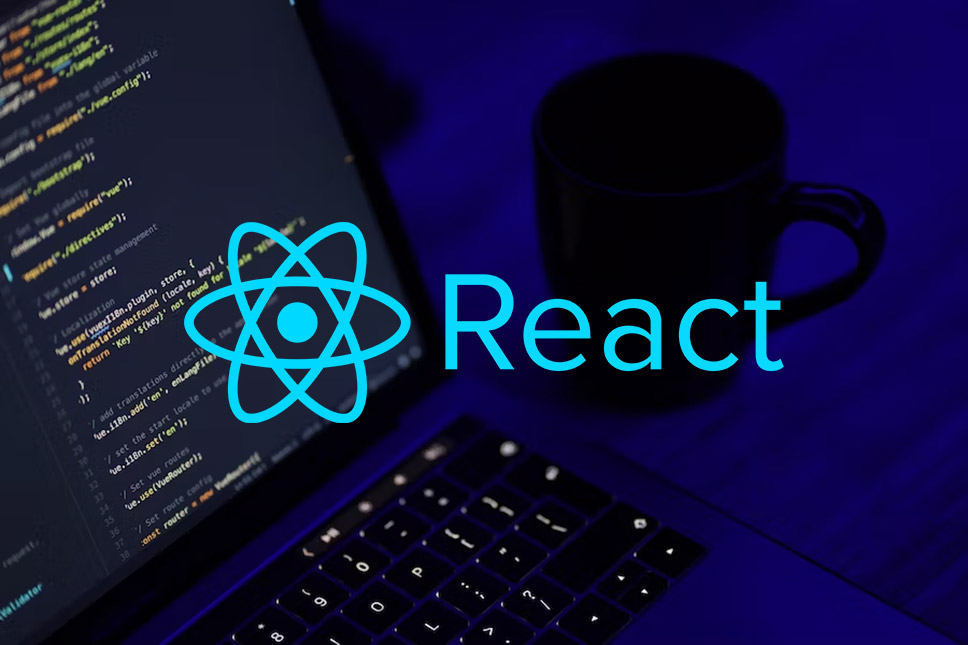What exactly is a React Developer, and how can I become one?

A React developer is a software developer who specialises in building web applications, particularly front-end user interfaces, using the React JavaScript library. React is a popular open-source library developed by Facebook for creating interactive and dynamic user interfaces. React allows developers to build single-page applications (SPAs) and efficiently update and render UI components when data changes, making it a key technology in modern web development.
Here are the steps to become a React developer:
- Learn the Fundamentals:
- Start by gaining a strong foundation in web development fundamentals, including HTML, CSS, and JavaScript. These are the building blocks of web development, and a deep understanding of them is crucial.
- Master JavaScript:
- JavaScript is the programming language that powers React. Learn JavaScript thoroughly, including its core concepts, ES6+ features, and asynchronous programming.
- Understand React Basics:
- Begin learning React by understanding its core concepts, such as components, JSX (JavaScript XML), and the Virtual DOM. React’s official documentation is an excellent starting point.
- Create Projects:
- Apply what you learn by building small React projects. Start with simple applications and gradually work your way up to more complex ones. This hands-on experience is crucial for gaining confidence and skill.
- Learn State Management:
- Understand how to manage the state of your React applications. Explore state management solutions like React’s built-in state, Context API, or third-party libraries like Redux or Mobx.
- Routing and Navigation:
- Learn how to implement client-side routing and navigation in React applications using libraries like React Router. This is essential for building multi-page applications.
- API Integration:
- Learn how to interact with external APIs by making HTTP requests. Fetch data from APIs and display it in your React applications.
- Styling:
- Explore various ways to style React components, such as using CSS-in-JS libraries like styled-components or traditional CSS.
- Testing:
- Learn how to write tests for your React components. Testing is a critical part of maintaining and improving the quality of your code.
- Optimisation and Performance:
- Study techniques for optimising React applications, including lazy loading, code splitting, and performance profiling. Understand how to avoid unnecessary re-renders.
- State Management Libraries:
- If you haven’t already, delve deeper into state management libraries like Redux if your project requires complex state management.
- Real-world Projects:
- Build larger, more complex projects to demonstrate your skills. These projects can be added to your portfolio to showcase your abilities to potential employers or clients.
- Join the Community:
- Get involved in the React developer community. Participate in forums, attend meetups or conferences, and follow React-related blogs and newsletters to stay updated on best practices and emerging trends.
- Continuous Learning:
- Web development technologies evolve rapidly. Stay up-to-date with the latest React updates, libraries, and best practices to remain a proficient React developer.
- Apply for Jobs or Freelance:
- Start looking for React developer positions, either as an employee or a freelancer. Tailor your resume and portfolio to highlight your React skills and projects.
Becoming a React developer requires continuous learning and practice. As you gain experience and expertise, you’ll become more proficient in building modern web applications using React.
Ben Still
-
04 Sep 2023



